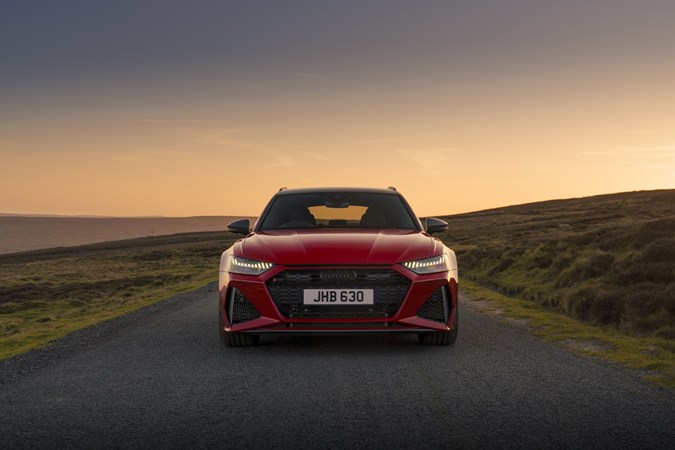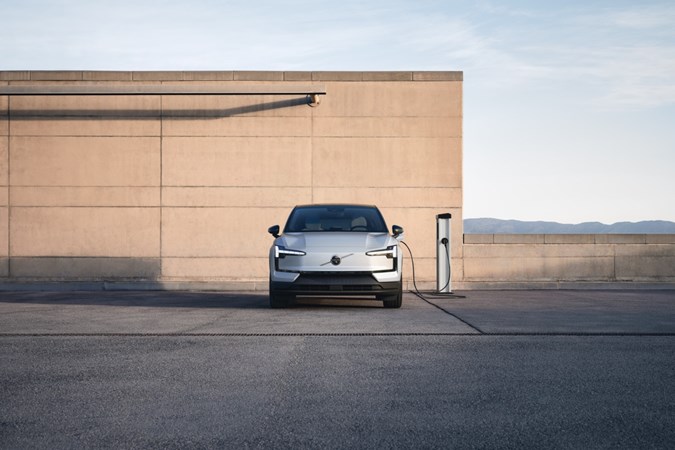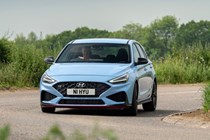Though the first daytime running lights (DRLs) emerged in the mid-1970s, for the last 10 or so years they’ve been mandatory on all new cars sold in the UK. DRLs are those little LED strips below or above a car’s main beam headlamps that illuminate whenever the engine is switched on, even in broad daylight
You could be forgiven for considering DRLs a bit superfluous in middle of the day with perfect visibility, but in fact the logic behind their requirement is sound as DRLs have the potential to save myriad accidents per year.
Read on to find out what they are, how they work and why car manufacturers are bound by law to equip them to every new car.
How do they work?
Daytime running lights illuminate with the ignition of the engine, and only switch off or dim when the main beams of the headlights are turned on. That means, so long as the engine is running with the headlamps off, your DRLs will glow all day.

However, since modern DRLs use powerfully bright light-emitting diodes (LEDs), engaging both the DRLs and the main headlamps together in low or no light conditions could dazzle or disorientate oncoming traffic, so they’re dimmed or turned completely off during this time. If the DRLs are especially close to the indicators on your car, they may also switch off while the signals flash.
Do DRLs consume more fuel?
As DRLs run all the time, they place an increased electrical burden on the battery; since the alternator that recharges the battery requires power from the engine to generate electricity, running DRLs will increase fuel consumption. However, the LEDs used in modern DRLs are incredibly efficient, consuming only a fraction of the electrical energy used by conventional filament light bulbs.
Do I need them?
All new cars and small delivery vans launched (or significantly updated) after February 2011 must have DRLs fitted as standard. Research has shown that road users and pedestrians will detect vehicles fitted with DRLs sooner than those with just their dipped-beams switched on.
According to the government, DRLs are likely to reduce the number of vehicle daytime accidents by 6% once fitted to every car. If you’d like to read more on what the government has to say about DRLs, head over to the official website.

It’s worth noting, however, that cars built before 2011 are not required by law to have DRLs retrofitted to them. If you’d like to upgrade your vehicle with a new set, be sure to check out our picks of the best aftermarket daytime running lights.
FAQs
Are DRLs the same as fog lights?
No, they are not. Fog lights must still be switched on manually when visibility is less than 100 metres.
Can I use DRLs instead of headlights?
No, DRLs must not be used in-lieu of headlights when it’s dark. Doing so would be breaking the law as your vehicle would be far less visible than when using regular headlights.
Will daytime running lights cost EV miles?
The LEDs in DRLs require very little electrical power, and so are unlikely to have any significant effect on EV miles. If you’re especially worried about remaining miles, some cars offer drivers the ability to disengage the DRLs. Be sure to check your owner’s manual to see if you can turn yours off.
Looking for more jargon-busting motoring meanings? Head over to our Parkers Car Glossary page and take a look at our other definitions.









